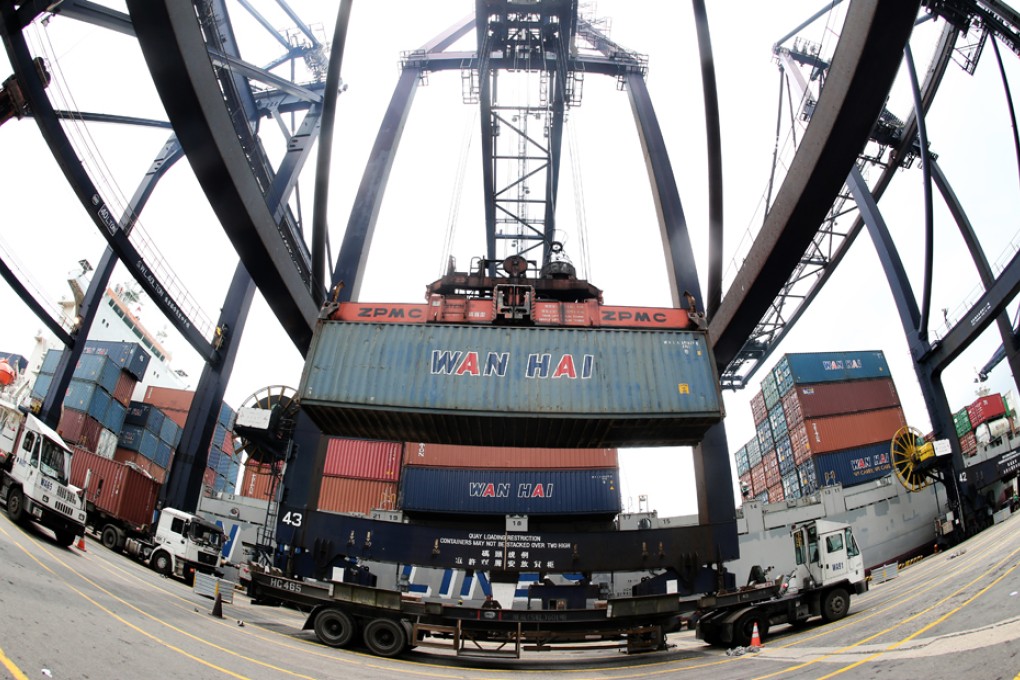Jake's View | Let container port go into terminal decline, then let's build some flats
It will affect Hong Kong's logistics industry very little as only a small fraction of these 200,000 people are employed in moving containers from one ship to another.

There have been suggestions that Kwai Tsing Container Terminals is no longer needed. Some even suggest it would be better suited as a location for housing.
This might alleviate the city's housing shortage, but how would this affect Hong Kong's logistics industry which employs some 200,000 people?
Gerry Yim, Managing director,
Hong Kong International Terminals
Teacher, teacher, I had my hand up first. The answer is that it will affect Hong Kong's logistics industry very little as only a small fraction of these 200,000 people are employed in moving containers from one ship to another.
Increasingly this is all that we do at the container port. Now that the mainland has its own smoothly functioning ports it no longer makes sense to ship goods from workplaces in China the long way round. Why go through a Hong Kong border, with the many grasping hands that afflict all border crossings, and then down yet more congested roadways to a Hong Kong port when the shorter route is much easier and cheaper?
